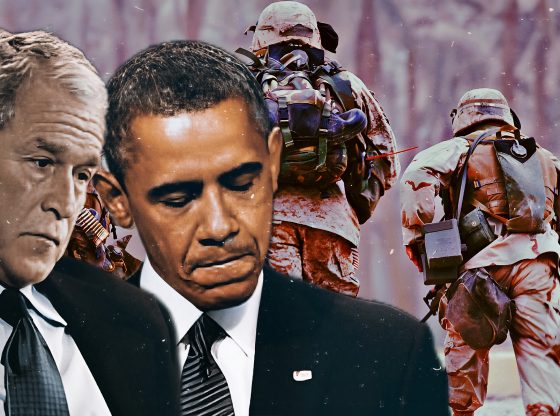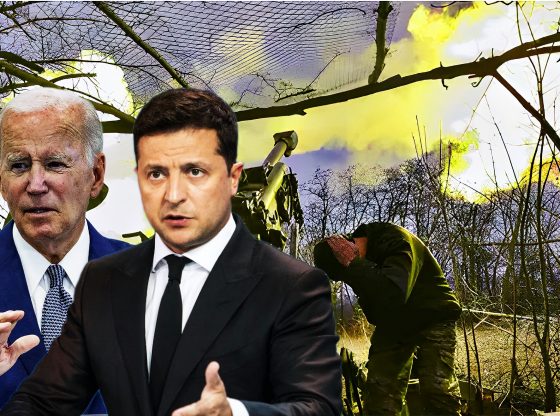American defense planning has shifted dramatically in recent years away from the Middle East and counterterrorism to ‘near-peer’ conflict against great powers such as China and Russia. For many defense experts, this means reorienting the U.S. military toward major force-on-force combat with major weapons systems, aircraft ships, and missiles.
For others like me, the threat of unconventional warfare with China and Russia short of full-scale war – appears both more dangerous and more likely. China’s extended employment of Gray Zone tactics in the South China Sea, and Russia’s Hybrid Warfare tactics in the Crimea and elsewhere, immediately come to mind.
Thankfully, the Pentagon is showing that it is not ignoring this serious “below threshold of war” threat.
Its recently released unclassified Irregular Warfare (IW) Annex to the National Defense Strategy notes that these two great powers don’t only pose conventional high-intensity war threats, but both also have developed significant expertise in unconventional warfare.
The unclassified summary of the report states:
China, Russia, and Iran are willing practitioners of campaigns of disinformation, deception, sabotage, and economic coercion, as well as proxy, guerrilla, and covert operations. This increasingly complex security environment suggests the need for a revised understanding of [irregular warfare] to account for its role as a component of great power competition.
Ezra Cohen, Acting Assistant Secretary of Defense for Special Operations and Low-Intensity Conflict expanded on this at a conference, noting that over the past 75 years, the U.S. has been slow to recognize and accept the irregular character of the conflicts it enters.
“Indeed,” Cohen noted, “our adversaries have proven that irregular activities can proactively shape the environment to their advantage, all below the threshold at which we are likely to respond with conventional force,”
Cohen also said. “Our doctrine, acquisition and training for conflict is excessively focused on maintaining deterrence or winning the high-end conventional war fight, when the simple reality is that modern warfare is not nearly that clear-cut.” Defense.gov paraphrased Cohen as adding that:
The IW Annex calls for the United States to embrace IW and employ a suite of tools to impose costs on malign activities, deter further aggression, shape the environment to maintain a favorable balance of power, and create dilemmas for adversaries — all well before armed conflict necessitates doing so at scale. [emphasis added]
Defense.gov explains that Cohen noted there is implied operational risk in this proactive approach, “but accepting some operational risk significantly buys down strategic risk and the risk of inaction.” Cohen added:
By preparing for the extremes of all-out war or high-end deterrence alone, we risk missing the contest already underway and risk discovering that conditions are against us when crisis begins.
How this all will be implemented in practical terms tactically, operationally, and strategically, is yet to be seen.
EDITORS NOTE: We at AAN appreciate you and your support of our work to counter the mainstream media narrative. Please share our news with your friends and family and encourage them to sign up for our newsletter.
Advertisement
Support Senator Lindsey Graham!
















War is bad.
Don’t go to war unless you have to.
If you have to go to war, have NO rules of engagement. Fight to win —-ALL OUT. Get it over and go home. Otherwise, don’t fight.